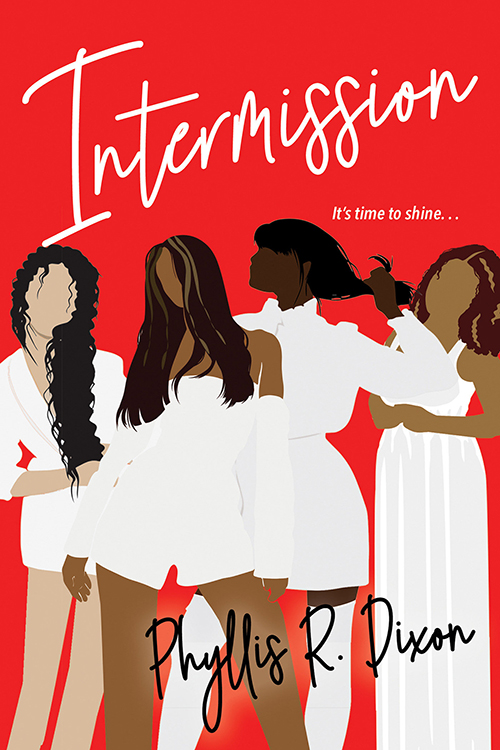To an outsider, banking doesn’t seem like the kind of profession to inspire bursts of creativity, but for Phyllis Dixon, that’s how she found her passion for writing fiction. “In a way, it was kind of similar [to my job],” she says, “because one of the things I did was write exam reports, which is the story of the bank and the story of what was going on. We also wrote synopses of some of the borrowers, so you would have to tell their story, too. So it’s kind of the same thing as far as, you know, analyzing a situation and being able to distill that into a story to let people know what’s going on.”
“I traveled a lot [for my job],” Dixon adds. “And so I spent a lot of time in hotels and airports and things like that. Some of the things that people do to kind of pass the time — some people drink, some people knit, some people fool around. And I just stayed in my room and wrote down stories that were swinging around in my head.”
By 2013, Dixon self-published her first novel, Forty Acres, to be followed in 2016 by her second book, Down Home Blues. When Covid hit, she began her third book: Intermission.
This most recent novel revolves around four women, who were once part of a 1990s girl group on the brink of stardom before breaking up. At the telling of the story, they reunite for a second shot at success, each of them facing a different crisis in her personal life. What follows, the author explains, is a story of forgiveness and reconciliation — and, as it so happens, a story that occurs mostly in Memphis.
“The idea came to me many years ago,” Dixon says, “and I just always thought about it, even pushed it to the side and wrote another book before coming back to this idea, and then during the Covid lockdown, I told myself, ‘No distractions, no excuses, no slacking.’ I was just determined. And I said, ‘I’m gonna try and get an agent.’ And I sent out a lot, a lot, a lot of queries. And those stars aligned, and here we are today: I was able to get an agent and a traditional publisher [Kensington Publishing].
“Really,” she continues, “I just want to entertain people. There’s so much going on — so much divisiveness and trauma and tragedy and global warming and all this bad stuff going on. I just want to entertain, tell people a good story, and kind of take their mind off all the bad stuff.”
This Tuesday, Dixon will celebrate the launch of Intermission at Novel with a book-signing and discussion. “I just invite people to come by, and even if they don’t come buy my book — it’ll be available [at the] library — I’d appreciate their support because even with my first two books, Memphis has been very supportive. And I appreciate it.”
Phyllis R. Dixon: Intermission Book Launch, Novel, Tuesday, July 25, 6 p.m.
